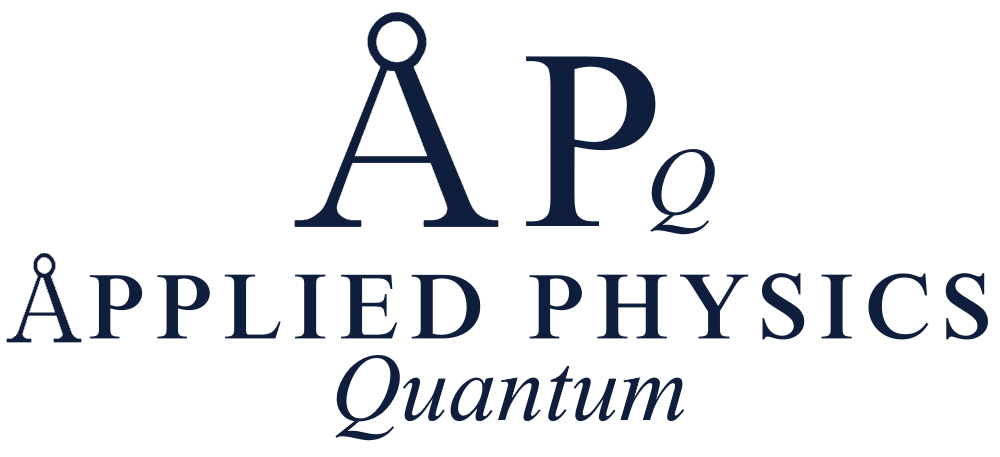Artificial Intelligence (AI) has expanded its footprint in many fields, including the creative world. One recent AI advancement making waves in digital art is DALL-E 2. Developed by OpenAI, DALL-E 2 is an AI text-to-image generator that can create highly detailed images solely based on textual descriptions.
The power of DALL-E 2 lies in its ability to use a vast amount of textual and visual data to generate a wide range of images. By employing the GPT framework, DALL-E 2 combines an understanding of natural language with generative models to create novel, contextually relevant visuals. This tool has the potential to radically transform the way artists create digital art.
As a result of its versatility, DALL-E 2 can be utilized to generate various styles of imaging, from simple illustrations to complex compositions spanning multiple subjects. Moreover, the model can quickly adapt and generate artwork that caters to specific graphic design trends, paving the way for the future of design and advertising.
While DALL-E 2 represents a significant step forward in image generation, there are challenges to address. The AI model may sometimes generate images that are discrepant or irrelevant to the given text input. In addition, it may unwittingly produce inappropriate or biased images sourced from its training data.
The development of AI applications like DALL-E 2 demonstrates the immense potential of AI in the realm of digital art. As we continue to refine and advance these technologies, artists and designers can look forward to redefining the boundaries of creativity and innovation.
